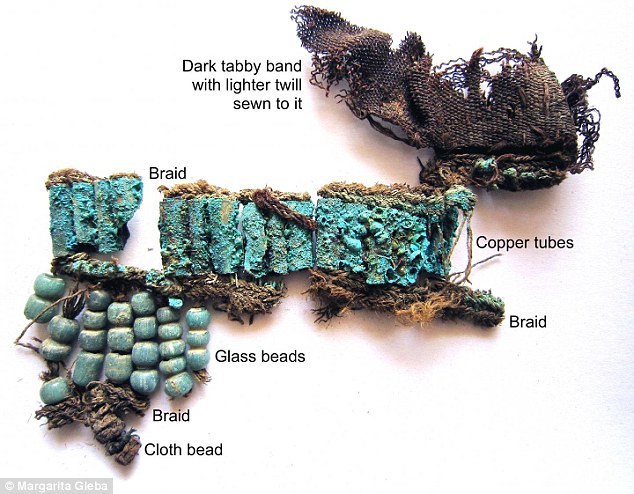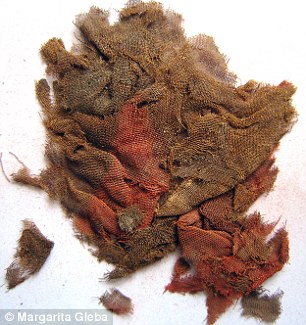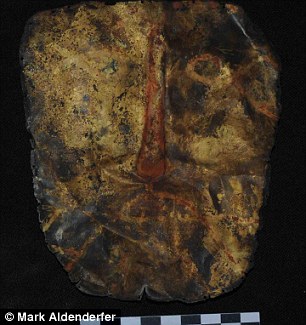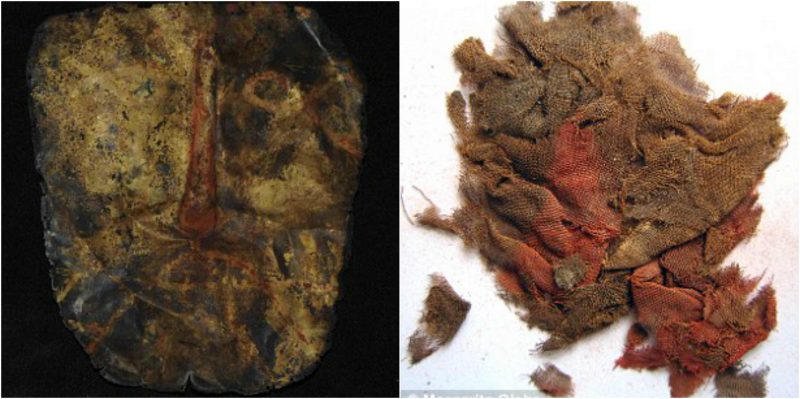The Silk Road was an ancient network of trade routes that ran through Central Asia and connected China to the Mediterranean Sea. The northern road ran through Kazakhstan, Afghanistan, and Uzbekistan while the southern road ran through the Karakoram mountains that sit on the border of Pakistan, India, and China. These roads merged again near Merv in Turkmenistan, then continued west to the Caspian Sea.

The route had initially gotten its name from the lucrative trade in Chinese silk, but other precious items such as jade and gold were also transported between China and Egypt. As time progressed, the route lengthened, reaching Greece and Rome, and eventually Europe. It was primarily through the Silk Road that fine cloths, spices, and other treasures flowed between Europe and East Asia for hundreds of years.
Despite the fact that there were many sea routes available to transport goods, merchants, crossing overland were thought to have traveled by northern and southern routes that bypassed the Taklamakan Desert in northwest China.

A new analysis of textiles and dyes that had been found in a tomb complex in the village of Samdzong in Upper Mustang, Nepal suggests that the Silk Road may have extended farther south than previously believed.
The main focus is on the funerary mask archaeologists discovered. The gold, silver, and cloth are believed to have originated from northeast Asia between 400 AD and 650 AD. The cloth itself was colored from dyes such as munjeet and lac, which are from India. The mask has small pinholes around its edges, suggesting that it had at one point been sewn to a fabric and was perhaps part of a piece of decorative headwear.
The reason why the cloth survived was due to the altitude of Samdzong. The cloth was well preserved, alongside the remains of the ancient people who were buried in tombs cut into the cliffs. The tomb complex was only exposed in 2009 when an earthquake caused the façade of the cliffs to calve off.
Dr. Margarita Gleba, from the University of Cambridge’s McDonald Institute for Archaeological Research, found the cloth contained de-gummed silk fibers and Indian dyes.
According to her, the likelihood that the materials were local is minuscule. “There is no evidence for local silk production, suggesting that Samdzong was inserted into the long-distance trade network of the Silk Road.”

Previous discoveries in tombs have helped researchers gain more insight into the range of the Silk Road. The world’s oldest tea leaves, for example, were discovered buried with royal treasures in the tomb of a Chinese emperor named Liu Qi, who had ruled more than 2,150 years ago. This tea provides some of the earliest evidence that the Silk Road route stretched across Asia from China to Europe.
Emperor Jin, who was the fourth emperor of the Western Han Dynasty, enjoyed tea so much that he wanted to be buried with large amounts of tea leaves so that he could consume it even in the afterlife for many years. The stash was discovered by archaeologists in one of the burial pits that surrounded the mausoleum built for the emperor and his wife in Xi’an, Sha’anxi Province, China.
Dr. Houyuan Lu, writing in the journal Scientific Reports, described that he and his colleagues found similar tea remains in the tomb of Tibet. Dr. Houyuan, an archaeologist with the Chinese Academy of Sciences in Beijing, said that these remains were dated to around 200 AD. This is currently the earliest indication that tea was being transported along and traded on the Silk Road.
“The data reinforce the notion that instead of being isolated and remote, Upper Mustang was once a small, but important node of a much larger network of people and places.” He said, “These textiles can further our understanding of the local textile materials and techniques, as well as the mechanisms through which various communities developed and adapted new textile technologies to fit local cultural and economic needs.”
